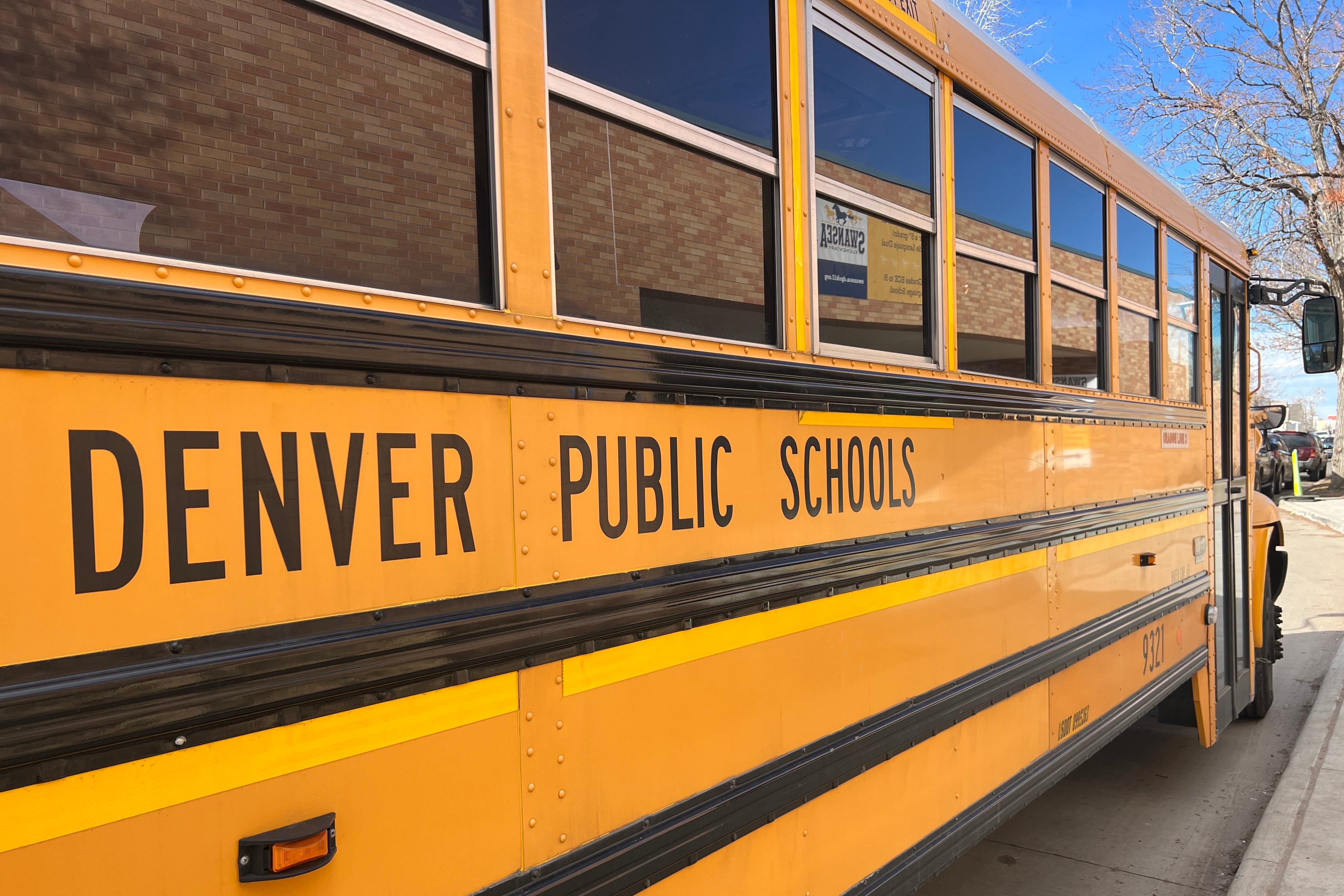Sign up for Chalkbeat Colorado’s free daily newsletter to get the latest reporting from us, plus curated news from other Colorado outlets, delivered to your inbox.
Just two months ago, the Denver school board adopted a school closure policy that sought to distribute the impact across the district and provide a month for community input.
But in response to concerns from Superintendent Alex Marrero, the board voted Thursday to revise the policy to tighten the timeline, leaving as little as two weeks to gather input about school closures or consolidations from families, educators, and community members.
The board also voted to remove language directing Marrero to “consider schools of any enrollment size” for closure or consolidation.
Board members also deleted language that directed Marrero to make sure certain parts of the city wouldn’t bear the brunt of the closures. The policy had required Marrero to equitably distribute the effects of declining enrollment across Denver Public Schools. But the board took that directive out of the policy.
“The reality is — the harsh reality is — that our declining enrollment and our building utilization are impacting specific regions in Denver,” Marrero told the board.
Enrollment in Denver Public Schools has been falling since 2019, and despite an influx of migrant students, the district is predicting another 8% drop by 2028.
Declining enrollment is affecting some neighborhoods more than others, with the southwest, northwest, and central regions among the hardest hit. After a stop-and-start process that frustrated families and educators, the board voted in March 2023 to close three small schools at the end of that school year. Board members have indicated that more closures and consolidations are likely.
The board passed its policy, known as Executive Limitation 18, in June to provide more clarity on when and how to close or consolidate schools. But Marrero told the board Thursday that the policy as written would make it difficult to close any schools.
To illustrate, Marrero used a hypothetical example that is likely not very hypothetical.
“If there’s a cluster of schools in the southwest, I cannot, per this guardrail, bring those schools forward by themselves (for closure or consolidation),” he said. “I’ll have to go to another region where that school or schools may not be dealing with declining enrollment. So I’d just be pulling in a school that looks different to satisfy (the policy).”
With little discussion, board members voted unanimously to delete the parts of the policy that Marrero said were conflicting or concerning. Board members said equity is baked into the policy because closing or consolidating under-enrolled schools means those students will be sent to larger schools with more per-pupil funding and resources.
“I was a little bit concerned about losing a reference to equity in the paragraph, but I believe equity is represented when talking about maximizing student resources and opportunities,” board member John Youngquist said.
The board also voted to push back the timeline for when Marrero must recommend schools for closure or consolidation from October of each year to November.
But the policy still requires the board to vote on the recommendations in November, leaving less time — possibly just two weeks, Marrero noted — for district staff and board members to meet with students and families at the affected schools.
Community members have long criticized DPS for a lack of authentic community engagement around important decisions, including school closures. Students, parents, and educators at schools recommended for closure often try to fight the recommendation and make emotional public pleas for the board to keep their school open.
Marrero requested the timeline change because he said the district won’t have accurate enrollment counts for each school until after the annual October Count, a state-required counting of pupils that occurs in early October.
Board member Xóchitl “Sochi” Gaytán, who represents southwest Denver, argued that a November timeline would put board members and families in an unfair position.
“Is that enough time for me, specifically, in District 2 to be given a list in early November and immediately turn around in two weeks and go through that engagement process with my community?” Gaytán said. “I’m also thinking about the turmoil, the mental and emotional turmoil, the families are going to have in that short two-week time frame.”
But Marrero said that “respectfully, my team needs a longer runway” than October to make the school closure and consolidation recommendations. Ultimately, all seven board members voted unanimously to push the timeline back to November.
Lastly, the board voted to change when Marrero must collaborate with a school community on uses for a closed school building. As passed in June, the policy required him to work with the community “to identify potential purposes for the building” before recommending that the school be closed or consolidated. But Marrero said that might incite worry.
“If I were to re-engage with communities, even if it’s just to gather information, the assumption, as we’ve seen, would be that they’re closing before I officially bring a list to you all,” he said.
The board amended the policy to state that Marrero can wait until after the board has voted to close a school before engaging with the community about the future uses of the building.
This story has been updated to make clear that the Denver school board voted in March 2023, not March 2024, to close three small schools.
Melanie Asmar is the bureau chief for Chalkbeat Colorado. Contact Melanie at masmar@chalkbeat.org .





